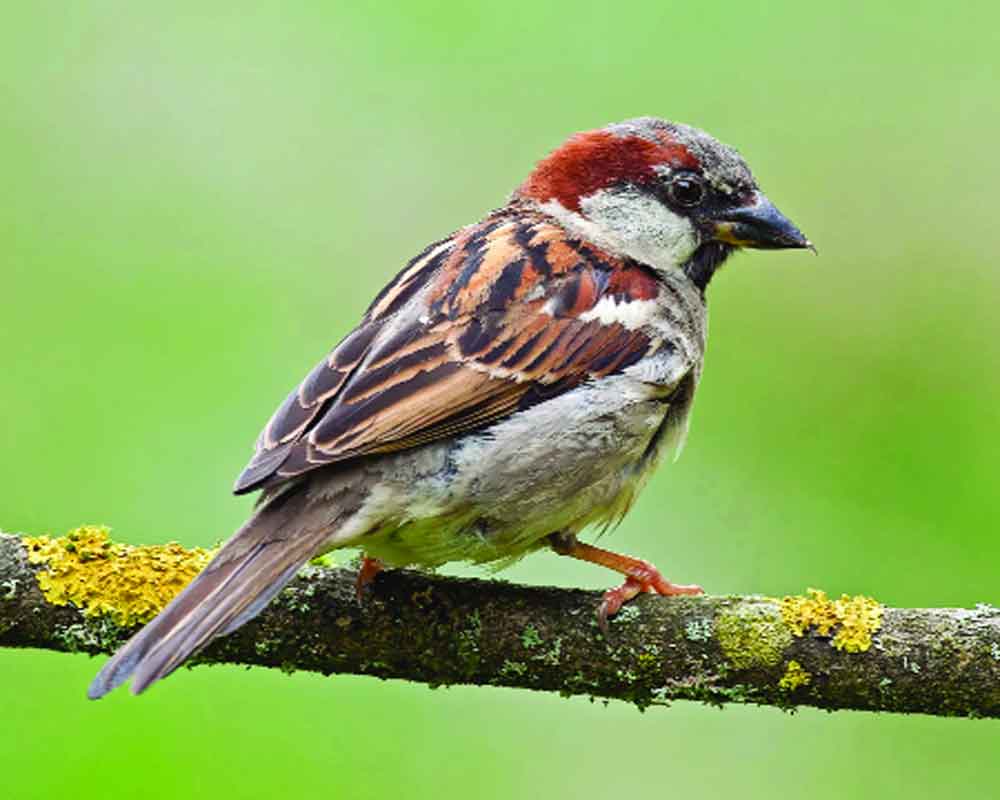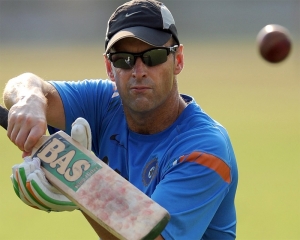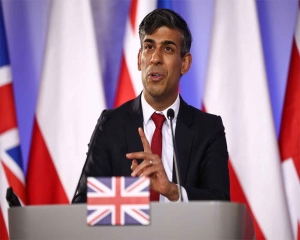Sparrows hold a deep cultural and spiritual resonance. These small birds have been revered as symbols of love and fidelity
In the modern era, we have transitioned from small villages to towns and cities. With the changing physiography and land use pattern, our surroundings have changed, but within these urban landscapes, the balance of nature is maintained by the tiniest creatures to the large animals. One such important part of the natural ecosystem is the sparrow, which plays an important role in maintaining balance and harmony.
The word ‘Sparrow’ symbolises one of the smallest-sized bird groups in the world which is an important species of the urban ecosystem. Among this group, House sparrows are widely distributed and the most common species that inhabit every corner of the world except the polar region and some parts of colder Russia. India is home to seven species of sparrows, which are found throughout the country, the majority of them are residents, yet two species are migratory.
From the bustling streets of the country to the tranquil villages of Northeast India, the cheerful chirping of sparrows has been an integral part of our auditory landscape, evoking feelings of nostalgia and connection to the natural world. But during the ‘80s to early 2000s, the chirps of the house sparrows started to fade and the colonies of these small creatures slowly began to disappear. In Andhra Pradesh, their population reduced up to 88% and in other states like Kerala, Gujarat, and Rajasthan, the numbers dropped down to 20%. In coastal areas of the country, the population dropped to 70 to 80%.
Concern and Initiative
The first World Sparrow Day was celebrated on 20th March 2010 in different parts of the world to mark a day for the House Sparrow, to convey the message of its conservation and appreciation of the common biodiversity around us. As part of conservation efforts, in 2012, the sparrow was declared the State Bird of Delhi and in 2013, the State Bird of Bihar. This declaration was part of “Rise for the Sparrows”-India’s largest conservation programme for sparrows. Efforts have also been initiated to develop sparrow-friendly habitats in urban areas. Through initiatives such as the Sparrow Restoration Project, communities have come together to create green spaces, install nest boxes, and adopt sustainable practices that support sparrows and other urban wildlife.
What led to this sharp fall?
Overall, the decline in House Sparrow populations is likely due to a combination of factors, mentioned below:
Habitat Loss: Rapid changes in the urban landscape, and building structures, have led to the loss of suitable nesting and roosting habitats for House Sparrows.
Decrease in food availability: Sparrows are majorly granivorous and often feed on insects. Changes in land use, such as the use of pesticides in agriculture, and the shrinking of crop fields have reduced the availability of insects, seeds, and other food sources that sparrows rely on.
Pollution: Air and water pollution have detrimental effects on House Sparrow populations, affecting their health and reproductive success.
Increased predation: Many birds of prey mainly hawks and owls hunt and feed on house sparrows. The domestic cat now is a significant predator of House Sparrows.
Climate Change: Changes in weather patterns and temperature impact the availability of food.
Electromagnetic Radiation: Some studies suggest that long-term exposure to low-intensity electromagnetic radiation from mobile phone (GSM) base stations, causes low population density of house sparrows during the breeding season. Some studies do not support this conclusion.
Merely a Bird? No, It’s More Than That!”
Sparrows also hold substantial value in mythology, religion, and aesthetics. They are mentioned in various Hindu texts, and even in the epic ‘The Ramayana’, where sparrows are portrayed as a symbol of love, fidelity, and divine blessings. In Christianity, sparrows are often mentioned in the Bible as a symbol of God’s love and care for all creatures, no matter how small.
Sparrows have made a significant contribution to the history of Indian ornithology. The journey of the “Birdman of India” Salim Ali, started from an incident with the Yellow-throated Sparrow (Gymnoris xanthocollis), which motivated him to dedicate himself to ornithological research and the conservation of India’s natural heritage. Salim Ali’s ornithological journey started with a sparrow, later on, he described his lifelong journey in the book ‘The fall of a sparrow’.
As the sparrow’s song grows fainter, we are obligated to confront our role in its decline and the broader ecological crisis unfolding around us. The life of Salim Ali was shaped by a single sparrow, yet if we fail to address these concerns seriously, there may indeed be a “Fall of the Sparrow”, which is not merely a loss of a small bird; it represents a decline in the health and vitality of our ecosystems.
(The writer is the Director, the Zoological Survey of India; views are personal)


























